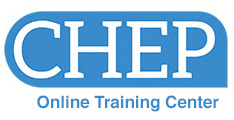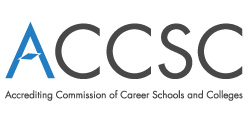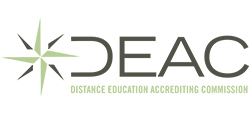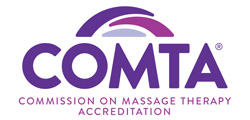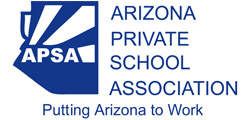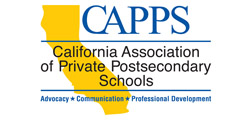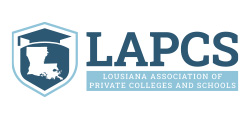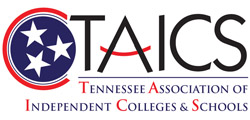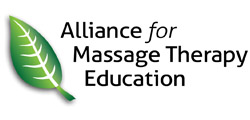Badge Evidence | Completed Courses (4 Hours Each)
EC140Introduction to Positive Psychology for Educators
Positive psychology is the science of human flourishing and is leveraged to cultivate well-being for students, teachers, and staff in schools around the world. You'll be introduced to the tools of positive psychology to help you and your students thrive in the classroom and in life. This course is designed to help you understand the science of well-being and how to employ it for yourself and in educational settings to support well-being and academic achievement. The modules cover positive psychology's origins, and the research and application of the PERMA model, Character Strengths, and positive education.
ED101Effective Teaching Strategies
This introductory course covers the essential roles of a teacher and the competencies required to be a successful instructor in an educational institution. Proven techniques and strategies for planning and preparation are presented and discussed. In addition, the course offers effective methods for conducting the first class meeting and delivering course content. This course provides a solid foundation for new instructors and serves as an excellent refresher for more experienced instructors.
ED102Student Retention Methods
The instructor is the real key to student retention at any educational institution. Instructors must keep focused on student motivation and retention each and every day of class. Developing strategies for retaining students throughout the entire training sequence is both complex and rewarding. All instructors should have the goal of seeing all of their students successfully complete their class. This course helps you reach that goal by helping you to understand your students and use proven motivation and retention techniques to keep them enrolled and engaged in the learning process.
ED104Class Management Strategies
This course provides methods and techniques for managing students and class activities. We start by reviewing the steps instructors need to follow as they introduce a class to new students. We then discuss strategies to effectively deal with unfocused and challenging students. The course ends by describing common mistakes made by instructors and ways to avoid them.
ED110Time and Stress Management for Instructors
Outstanding teachers serve their students by guiding them through their coursework and motivating them to complete program requirements. Instructors at educational institutions are often faced with high stress resulting from heavy teaching loads and limited time. When teachers cannot manage their own time and stress, they cannot fully serve the needs of their students. This course will show instructors how to manage time and stress in their lives and teach some of these skills to their students.
ED111RActive Learning Methods
This course provides an introduction to the concept and philosophy of active learning, and describes a variety of methods to help instructors "activ-ate" their class. The course includes active learning examples that utilize both critical and analytical thinking skills. We also identify the risks that may discourage instructors from using active learning strategies and offer suggestions for managing them. A three-step method is suggested for developing an active lesson, and a comprehensive model is offered as a guide for creative active learning strategies.
ED112Influencing Student Motivation
This course is intended to offer a practical explanation of how an instructor’s behaviors and choices can influence the motivation of students. It is not intended to be a theoretical or academic treatise about motivation. Module 1 offers useful tips that may help instructors to motivate students. Students’ security and autonomy are described as they influence motivation during instruction, questioning, activities, and evaluations. This is followed by a discussion of how motivation can be improved by enhancing students' sense of autonomy when making assignments, selecting instructional methods, implementing classroom procedures, and developing evaluations. In Module 2, intrinsic and extrinsic motivators are defined and compared. Finally, a variety of "miscellaneous motivators" are offered for instructors to consider.
ED120Nonverbal Communication in the Classroom
Studies reveal that as much as 85% of classroom communication is nonverbal. This course consists of eight entertaining modules that include audio tracks, animation and interactivity. Topics include the importance of nonverbal communication in the classroom, as well as our everyday lives. The modules describe the use of body language, effective vocal cues, proper appearance and the effective use of space (proxemics) and time (chronemics). A variety of support materials accompany the modules, including an assessment tool that instructors can use to evaluate their nonverbal skills.
ED127Tablets as Teaching Tools
This course covers the impact that personal electronic devices, in this case tablets, have on the delivery of instruction. The course discusses the reasons for using tablets in classroom and lab settings to enhance learning and expand educational resources for students. Strategies are given to enable instructors to see how the use of tablets can assist students in becoming active learners both within and outside of the school setting.
ED134Literacy is Not an Option
Contrary to some current notions, it is the responsibility of ALL instructors to include literacy development in their instructional planning and delivery, regardless of academic, vocational, or professional discipline. This course defines literacy skills, including new and newer literacies, and describes how instructional planning must include all areas of literacy development for every student. Throughout this course, participants will have an opportunity to apply various strategies and methods in literacy development and understand how to focus on the aspects of literacy that apply specifically to successful students in their discipline.
ED140Five Myth-Understandings about Learning and the Brain
Did you ever hear that we only use about 10% of our brains? Were you ever told that you are more right-brained or left-brained? Did you know that males and females learn differently as a result of differences in their brains? Did you know that people have different learning styles? Did you ever hear that you retain more of what you do or see than of what you read or hear? If you answered "yes" to any of these questions, you have experienced a "myth-understanding." The purpose of this course is to explain the background and truth about these myth-understandings that pervade much of the popular literature to this day. All persons who are involved in the education of others must guard against these myths and ensure that they do not influence their professional practices.
Note: Many learning theories have been developed that represent the efforts of researchers with different perspectives on how individuals develop and learn. As within any field, facts and myths may be driven by controversial opinions and philosophies that need to be considered by individuals engaged in professional development.
ED208Adult Learning Theories
When designing instruction for adult learners, it's important to consider a host of factors. This course describes the characteristics and motivations of adult learners, and the best practices and techniques for teaching them. It discusses the different theories of adult development and adult learning, and their relationships to the classroom experience. In addition, this course examines brain-based teaching strategies, the theory of multiple intelligences, and how the different parts of the brain are affected by new learning.
EL102Online Teaching Techniques
Your degree of success as an online instructor relies heavily on several factors, among which are your level of preparedness before the date on which the course is launched; your ability to make a smooth transition into the roles and responsibilities associated with teaching in an online environment; and the effectiveness and efficiency with which you manage learners, instructional transactions embedded in the course as well as the learning environment. In this course, you will learn how to project your authority and presence into the e-learning environment, build a relationship with each learner, promote and nurture learner participation, provide informative and constructive feedback in a timely manner, minimize attrition, manage communications, manage unacceptable behavior and resolve disagreements.


